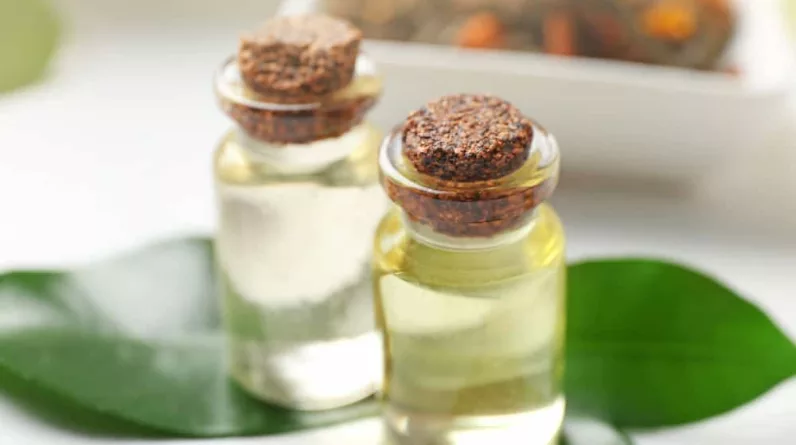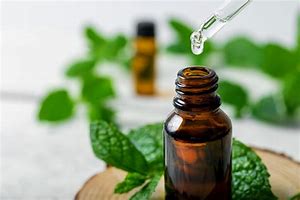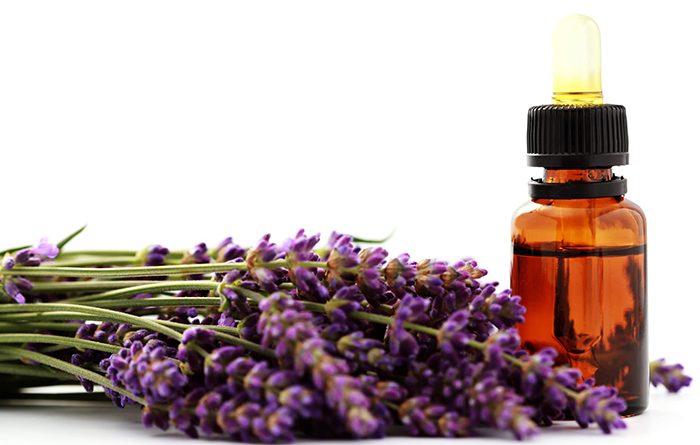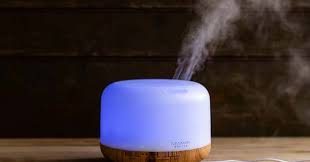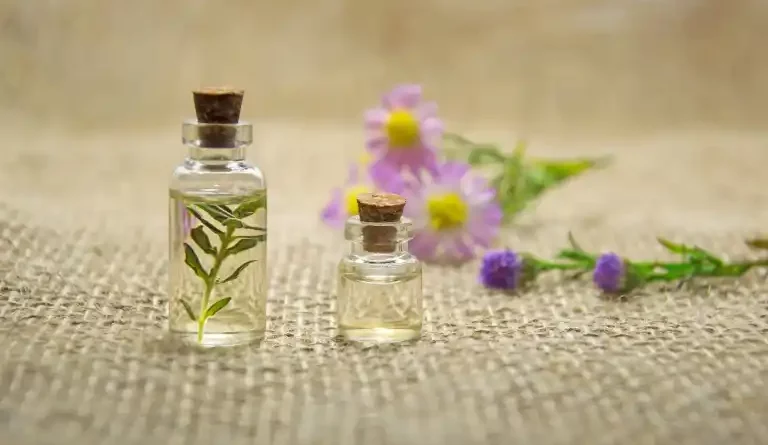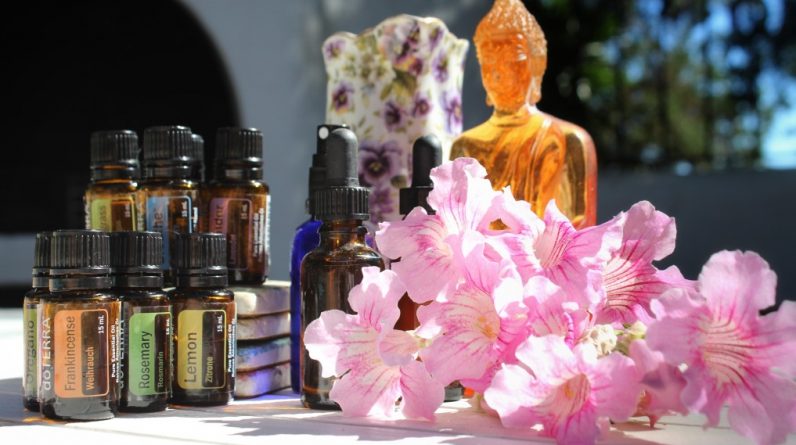
Essential Oils For Beginners
Essential oils are a common ingredient in many natural products, mainly used by inhalation or diluted oil applied to the skin. Essential oils for beginners can be purchased online and in many local shops. Many people assume that no particular knowledge or training is needed to use these potent oils.
Watch These, Excellent Videos:
Unfortunately, many make this mistake. Some people have read about aromatherapy online. Or a friend may have told them about a particular oil that has done wonders for them. But essential oils can cause problems if misused.
What Are Essential Oils?
Essential oils are highly concentrated liquids extracted from parts of plants. Bark, berries, flowers, leaves, roots, seeds, or twigs-that are produced in several ways.
The most common is steam distillation, where pressurized steam is passed through plant material, causing oils to evaporate. The resulting mixture of oil and moisture is condensed back into a liquid, and the oil is skimmed off.
Plants that are too fragile for steam distillation, such as jasmine, orange blossom, and rose, can have their oils extracted using solvents. Oils created by this process are called absolutes. They are generally used in perfumes or diffusers because the solvent residue makes most of them unsuitable for topical use.
A third method is carbon dioxide extraction. While these oils are technically absolutes, the pressurized carbon dioxide used as a solvent leaves no harmful residue. It creates a thicker oil with a more rounded aroma.
Finally, grinding and pressing, cold-pressed the essential oils have been extracted from the fruit rind.
Most essential oils do not have an indefinite shelf life. Citrus oils will lose efficacy after about six months, while most floral oils will last a year or maybe two. A few, like cedarwood, patchouli, sandalwood, and vetiver-become better with age. You can refrigerate oils that you use infrequently. It is also a good idea to store them away from sunlight, in small bottles with less air space.
Know What You’re Getting
The production method is just one factor affecting the quality and price of these botanical extracts. Others include the plant’s rarity, how and where it was grown, how many plants are needed to produce the oil and the manufacturer’s quality standards.
Genuine rose oil, for example, is costly because it takes 200 pounds of roses (approximately 60,000 flowers). To make 1 ounce of rose oil! That equals 30 roses for just one drop!
Purchasing diluted oil is perfectly acceptable as long as you know what you are getting. Reputable suppliers will be upfront about whether their products are sold already diluted.
It’s important to know that different varieties of the same plant can have other uses. For example, high-altitude French lavender is most often used in skincare products. In contrast, Bulgarian or English lavender is used in bath products, diffusers, or sleep aid.
Spike lavender is a blend of several varieties stretched with synthetic lavender oil and used by many soapmakers.
Even the same plant can produce widely different oils.
I strongly recommend purchasing essential oils from reputable distributors specializing in aromatherapy supplies.
Unfortunately, some companies rely more on outlandish claims than on the quality of their products. Others sell synthetic fragrances under the guise of essential oil.
Essential Oils For Beginners Grading Guide
Although essential oils have therapeutic value, their products have no regulatory standards. No official oil grades are assigned or recognized by any organization. Sellers and distributors who claim their oils are “therapeutic grade” are using this as a marketing term, which is meaningless as an indicator of the oil’s quality.
Synthetic Substitution
Although aromatherapy means the therapeutic use of essential oils, the US government does not formally define or regulate the word. It is legal to sell products labeled “aromatherapy” that do not contain essential oils but only synthetic fragrances.
Synthetic fragrance may be described on a label as “aroma oil,” “aromatic oil,” “fragrance oil,” or “perfume oil.” These are all blended synthetic aromas diluted with mineral oil, propylene glycol, or vegetable oil and may also contain phthalates and other potentially toxic ingredients. Synthetics are much cheaper than essential oils, and their scent is much stronger.
When you walk past a candle store and smell the candles from outside, that is synthetic fragrance. Several plants cannot be used to produce essential oils; some examples are gardenia, lilac, and lily of the valley. So-called essential oils marketed under these names are always synthetic.
Nutrient Nonsense
Some distributors claim that their essential oils deliver nutrients to the body. Essential oils do not contain nutrients.
They contain no vitamins, minerals, proteins, amino acids, carbohydrates, or any other type of nutrient.” Claims that these oils can cure disease-even cancer are also unsubstantiated by science. And it would be best if you were wary of any distributors willing to make such claims about their products.
If you intend to use essential oils, it is vitally important to think of them like any other healing tool. Get the proper training and thoroughly research contraindications and interactions. Like anything else that can be applied to the body, essential oils can cause serious harm. Remember, “natural” does not automatically mean a product is gentle or safe.
And they should never be taken internally unless you are under the care of a certified medical aromatherapist, and that is not a license issued in the United States.
Some oils must not be used on a person with high blood pressure, and oils that interact with certain medications. Cypress and rosemary can be dangerous if a woman is pregnant or nursing. And some essential oils, such as wintergreen, can even be lethal if ingested.
One of the most common and dangerous misconceptions, especially for beginners, is that essential oils can be used neat (undiluted and applied directly to the skin) in skin care. I cannot emphasize that this is strongly discouraged by leading aromatherapists and all reputable manufacturers and distributors.
No essential oil should ever be applied neat in skin care-not tea tree, not lavender, not any other kind of essential oil.
When these oils are applied neat, some people will have an immediate or delayed reaction, ranging from burning, irritation, or swelling to significant and serious severe health consequences. Other people will be unaffected-at first. Since the oil seems safe, they continue to use it.
Over time, this causes the skin to become sensitized to that essential oil. When that happens, not only will you be unable to use that oil again, you may not be able to use other products or foods related to it.
Correct use of essential oils for topical application always requires dilution, usually at a strength of 6-15 drops of essential oil per ounce of whatever product it is being added to.
Citrus oils are good examples of how an excellent oil can be harmful if misused issued. Still, many citrus oils cause photosensitivity, and you should avoid direct sunlight for 12-72 hours after exposure.
In addition, because citrus essential oils are created with the cold-pressed method, there will be traces of pesticide in the oil unless bought organic.
With the proper knowledge and precautions, you can safely use essential oils. Take online classes, visit essential oil websites, and pick up some books that discuss each oil and its properties. And spend time researching the benefits and contraindications of the plants involved. You will soon be enjoying the sweet smell of successful aromatherapy!
Learn more about how essential oils can help with depression
